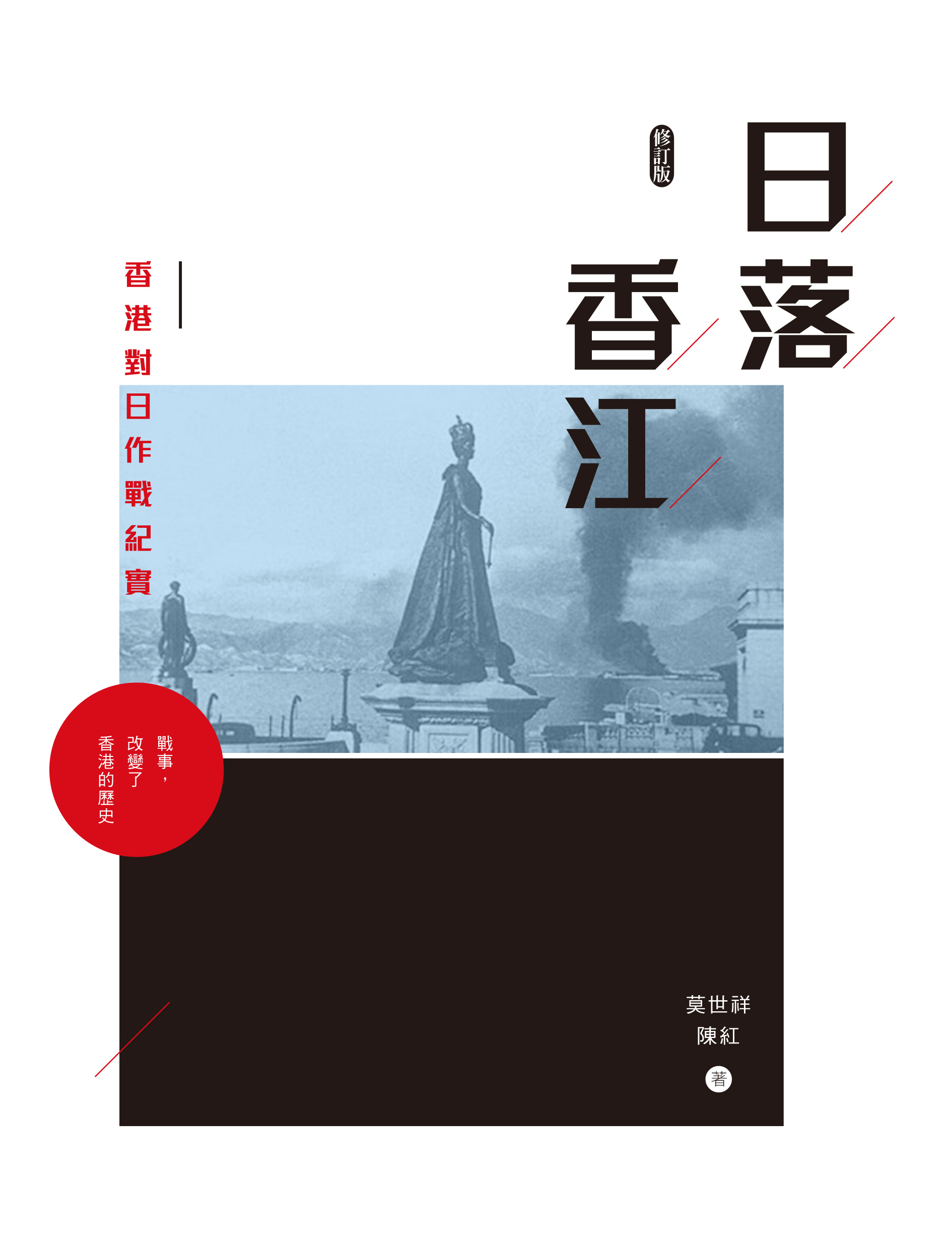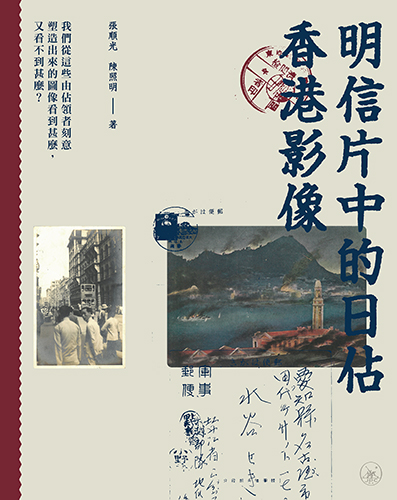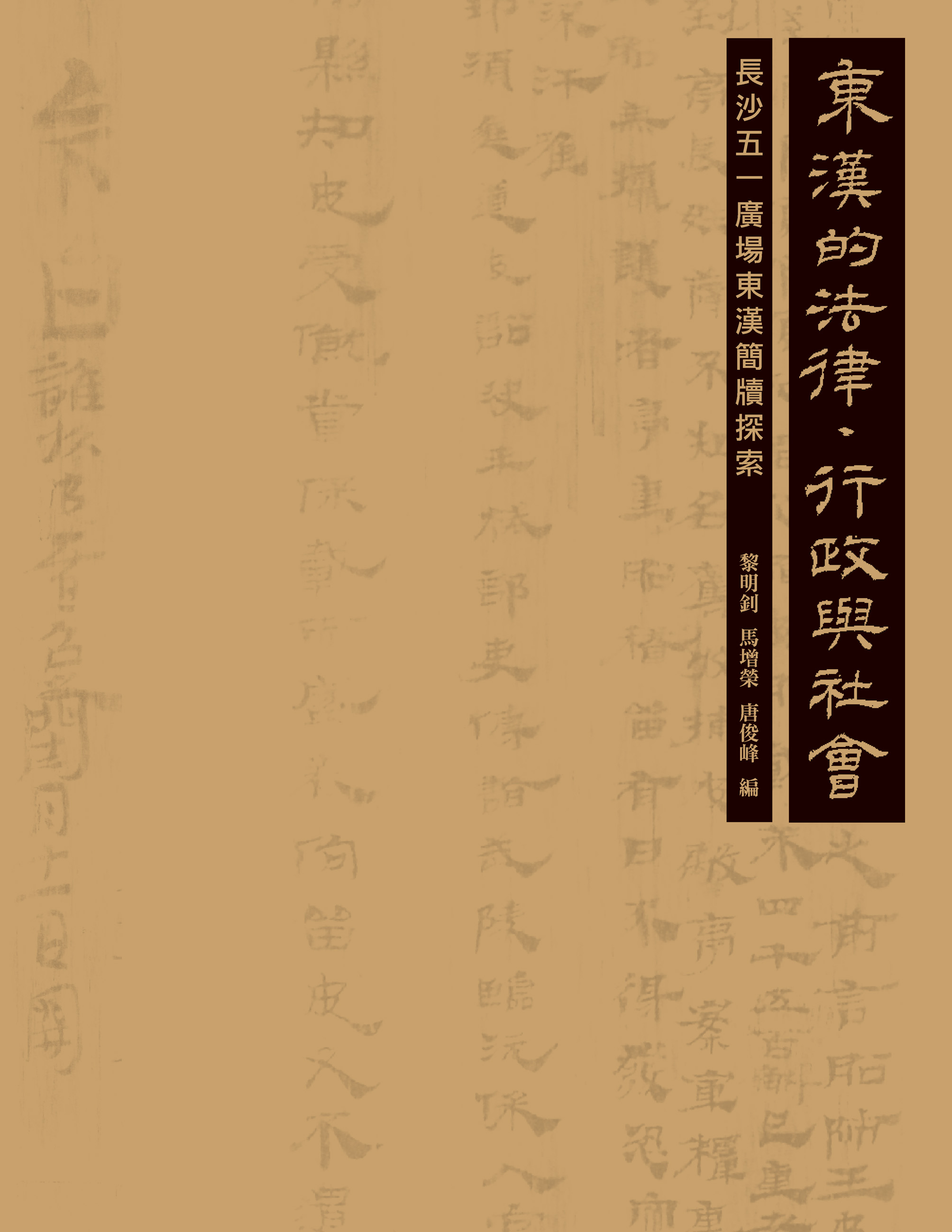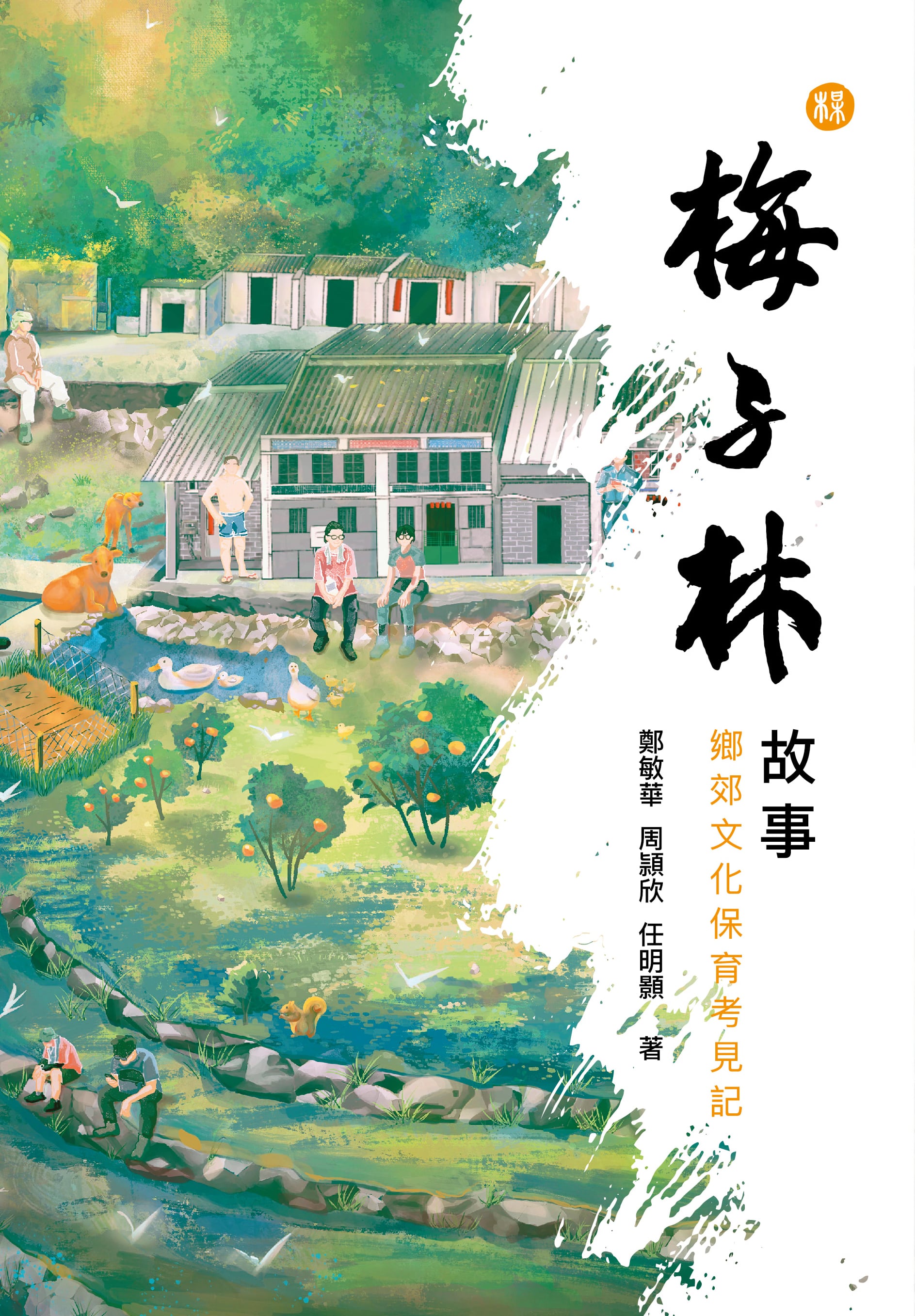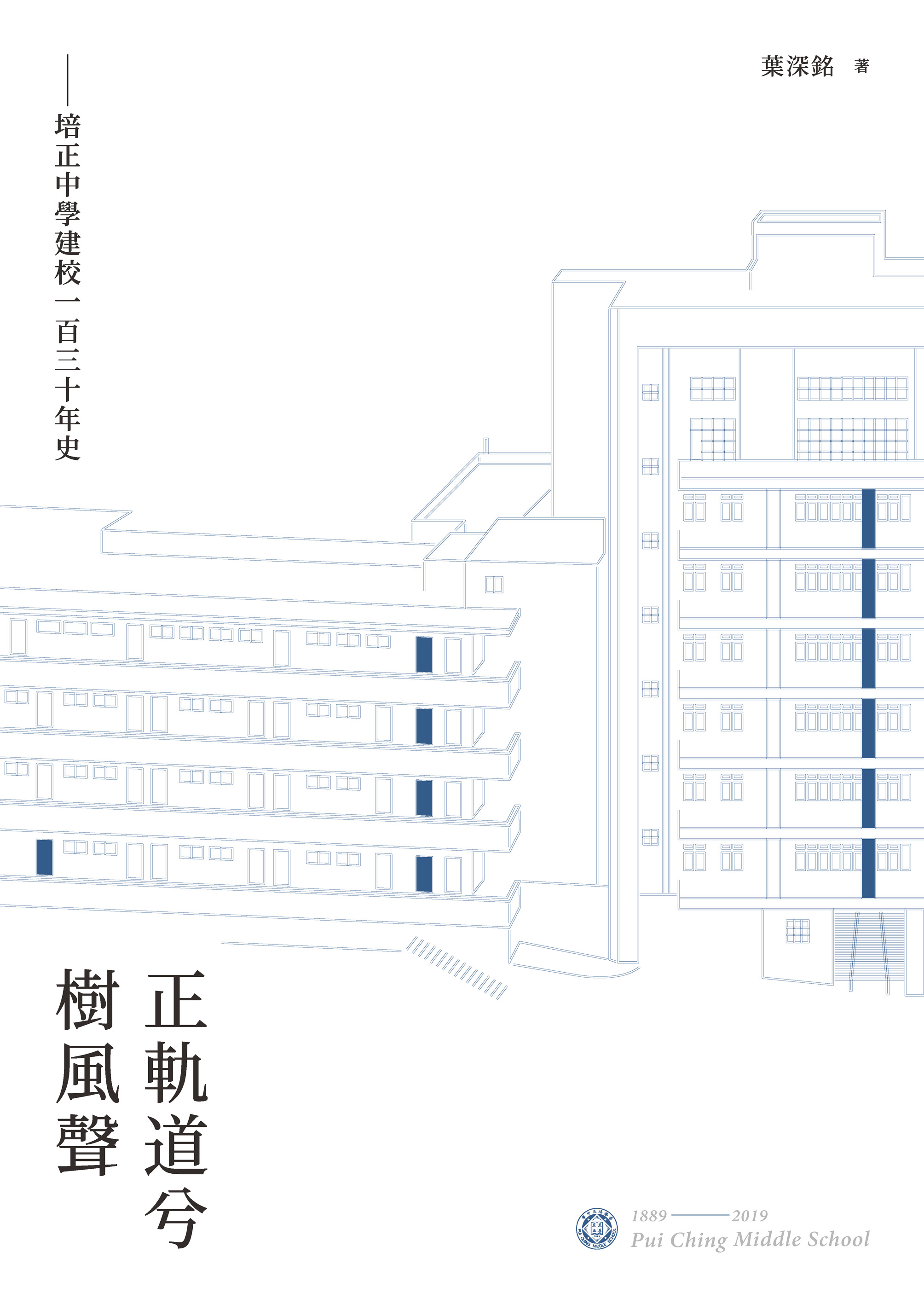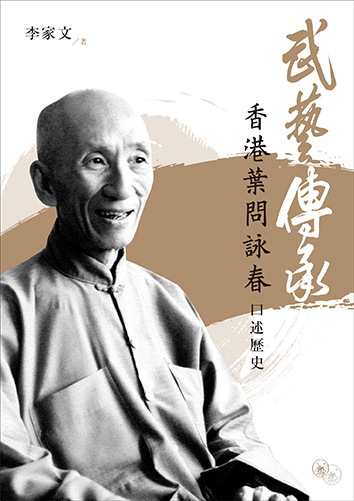e-Book List
e-Book
In early 1941, the Japanese government urged Japanese residents in Hong Kong to return to Japan as soon as possible, indicating that the Japanese army would launch an attack on Hong Kong in the short term. On December 6, the last batch of more than 10 Japanese residents took a boat to Guangzhou, which was occupied by the Japanese army. Two days later, three regiments under the command of Lieutenant General Sakai crossed the border and attacked Hong Kong from Tai Mo Shan, Lo Wu and San Tin respectively. Although the battle lasted only 18 days, it changed the history of Hong Kong, broke up many happy families, and many people lost their precious lives. The author of this book believes that the authenticity of history and the readability of literature are interdependent, and are the basis for the dissemination and continued flourishment of literary and historical works. Therefore, this book adopts the narrative form of historical reality, based on the solid archives and documents of history, and with the help of literature's imagination and description of historical scenes and specific details, it strives to vividly show the 18-day battle that changed the course of Hong Kong's history.
- AuthorMok Shixiang
- PublisherJoint Publishing
- Publication Date2015
Postcards are keepsakes of people's travel memories or a record of "been there". It is a medium with many functions. It is not only an art work that shows local customs and scenery of a destination, but also a collection of cultural values and precious historical data. In an era before information technology was well developed, postcards played an educational role and became a source of knowledge for people to learn. Japan is a country where images are used aptly to express different messages, and the emergence of postcards represents such use case. At the beginning of the 20th century, Japan began to publish postcards containing imagery of cultures, customs and geography at home and abroad, becoming a channel for the Japanese people to gain knowledge of places beyond their own home city or prefecture. However, in the era of Japan military expansion, postcards became a tool for the military to gloss over the cruelty of wars. This book contains more than 100 postcard from the era of Japanese occupation of Hong Kong. These images deliberately created by the occupiers allow us to see what we can, as well as what can’t see.
- AuthorCheung Shun-kwong, Chan Chiu-ming
- PublisherJoint Publishing
- Publication Date2021
- Preview
The documents from Changsha Wuyi Square have important value in re-creating the history of the Eastern Han Dynasty. Under the leadership of Professor Lai Ming-chiu, the Department of History of the Chinese University of Hong Kong established the "Changsha Wuyi Square Eastern Han Document Reading Class", with fixed members mainly consisting of teachers and students from the Department. During his visit to Hong Kong, Professor Xing Yitian, an academician of the Academia Sinica in Taiwan, visited the reading class several times for exchanges of ideas. The research results of some of the graduate students in the reading class were announced at the "Changsha Wuyi Square Eastern Han Document Research Workshop" held by the Joint Research Fund of the Chinese University of Hong Kong and Shanghai Jiaotong University on April 27, 2018, and were commented on by Professors Xing Yitian, Lai Ming-chiu, and Zhang Chaoyang. The ten papers collected in this book are mainly the results of the above-mentioned reading class and workshop.
- AuthorLai Ming Chiu
- PublisherJoint Publishing
- Publication Date2019
Sha Tau Kok Mui Tsz Lam is a Hakka village with more than 300 years of history, located on the slopes of Tiu Tang Lung in the northeast of the New Territories in Hong Kong. The villagers all share the same surname Tsang, and at its most prosperous period, there were 16 households and over a hundred residents. In the village, thatched hut built by the ancestors of the villagers can still be found today, as well as the layout of traditional Hakka architecture: rows of village houses built on the terrain, with large-scale terraced fields in front of the houses that are now rare in Hong Kong, and high mountains and feng shui forests behind them. In the 1970s, the younger generation left the village to make a living, and Mui Tsz Lam became deserted. The bustling scene of the past was no longer seen. In recent years, many villagers have actively returned to the village to take care of it, and with the restoration of electricity supply in the village and the re-paving of the road from Lai Chi Wo to Mui Tsz Lam, the long-abandoned ancient village has gradually regained its vitality. In 2019, the government launched the Countryside Conservation Funding Scheme to encourage local non-profit organizations and villagers to interact and collaborate to promote diverse and innovative conservation activities in remote rural areas. "Hing Chun Yurk Participatory Action Research on Countryside Conservation and Restoration in Mui Tsz Lam" is one of the approved projects. This project takes historical and cultural aspects as the entry point, and conducts data collection that lasted for more than two years, trying to decipher the code of the life system that circulated endlessly in Mui Tsz Lam in the past. This book is one of the results of this project, which is divided into five parts. The first part reviews the historical development and seasonal culture of Mui Tsz Lam, and presents the vivid appearance of Mui Tsz Lam in the past through oral history of the villagers. The second part records the process of villagers and research teams picking up and processing antiques, including cleaning and sorting, measuring and registering sizes, photography, storage and cataloging, to reconstruct the story and living space of the ancient village. The third and fourth parts cover the laws related to rural conservation in Hong Kong, and review and discuss the loopholes in relevant conservation policies, bringing out the concept of "cultural landscape" to understand the countryside. The final part is based on the experience of field investigation in Mui Tsz Lam, summarizing the six major cultural elements of Hakka villages in the cultural landscape. The book is well-written, vividly narrated, and presents the rich cultural and spiritual civilization of Hakka villages.
- AuthorPatsy Cheng, Phoebe Chau, Casper Yam
- PublisherJoint Publishing
- Publication Date2022
- Preview
Pui Ching, which started as a small school in Suicheng in 1889, has been dedicated to education in Guangzhou, Hong Kong and Macau. Founded in 1933, Hong Kong Pui Ching Middle School upholds the spirit and tradition of the pioneers, shoulders the mission of education in the changing times, actively responds to the needs of Hong Kong's social development, encourages young people of different ages to pursue growth comprehensively, and becomes a cradle of elite. This book follows the timeline to sort out the development of Pui Ching Middle School, which is closely related to social changes and also portrays changes in local education policies. While reading the hundred-year history, we see how a famous school cultivates students with comprehensive and diversified ethos through six aspects -- morality, intelligence, physical education, group, beauty, and spirit; and how it closely follows the changes of the times, with a firm educational philosophy, excellent teachers, and campus facilities, setting an example of a century-old famous school.
- AuthorIp Sum-ming
- PublisherJoint Publishing
- Publication Date2019
Ip Man, the first-generation Kung Fu master, made his way to Hong Kong from Foshan and taught martial arts, gradually expanding Wing Chun to different communities. Today, "Ip Man Wing Chun" is included in the "First Hong Kong Intangible Cultural Heritage List", which recognizes his significant contribution to the spread of Wing Chun culture throughout his life. What were his martial arts philosophies? How was it passed down from generation to generation? And how did it develop in Hong Kong and then spread to the world? This book explores Ip Man's history of teaching Wing Chun in Hong Kong. The book is divided into three chapters. The first chapter covers the spread and development of Ip Man Wing Chun with information collected from old photos, newspapers, magazines, advertisements, and letters; the second chapter traces the Ip Man Wing Chun inheritance system, and describes how Ip Man's son and disciples have passed on and conserved the spirit of Ip Man Wing Chun, making an impact throughout Hong Kong and the world; the third chapter discusses the creation of films and how they differ from reality, the production of documentaries on intangible cultural heritage subjects, the success of Ip Man Wing Chun as a cultural phenomenon, and analysis on production considerations and filming difficulties, allowing readers to be inspired by the development of cultural conservation today.
- AuthorKaman Lee
- PublisherJoint Publishing
- Publication Date2021
- Preview


